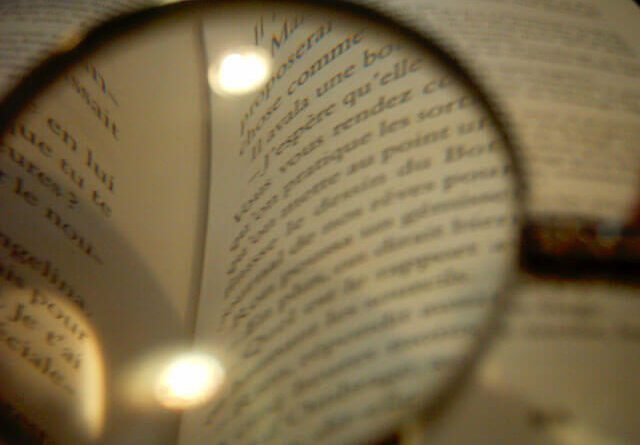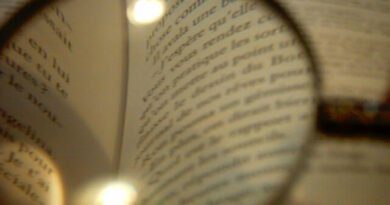MLA
Updated on / dernière mise à jour : 12/09/2023
MLA (Modern Language Association) citation style is a widely used referencing style in the field of humanities and liberal arts. It was first developed in the late 19th century by a group of scholars and teachers who aimed to establish a standardized method for documenting sources in the field of language and literature.
The first edition of the MLA Handbook for Writers of Research Papers was published in 1985 and, since then, it has undergone several revisions to keep up with the changing demands of scholarly writing. Today, the MLA citation style is used by scholars, students, and professionals in various disciplines such as literature, history, art and cultural studies.
MLA citation style places a strong emphasis on the accurate and consistent documentation of sources. It requires authors to provide enough information about the sources they use, so that readers can locate the original materials themselves. This includes details such as the author's name, title of the source, publication date and page numbers.
It has specific guidelines for citing different types of sources such as books, journal articles, websites and multimedia. It also provides guidelines for the format of in-text citations, endnotes, footnotes and the bibliography (a comprehensive list of all the sources used in the paper; it is usually placed at the end of the document).
One of the significant changes in the latest edition of the MLA Handbook is the shift from print-based sources to digital sources. With the increasing use of the internet and digital technology, authors now need to provide more detailed information about online sources, such as the date of access and the URL or DOI (digital object identifier).
In conclusion, MLA citation style is an essential tool for scholars and students in the humanities and liberal arts. It enables authors to give proper credit to the sources they use, and it helps readers to locate the original materials. Moreover, it promotes transparency, accuracy, and consistency in scholarly writing, making it easier for readers to assess the credibility and reliability of the sources used.
Example
MLA
Brown, Dan. Deception Point. New York: Atria Books, 2001. 384 p.


